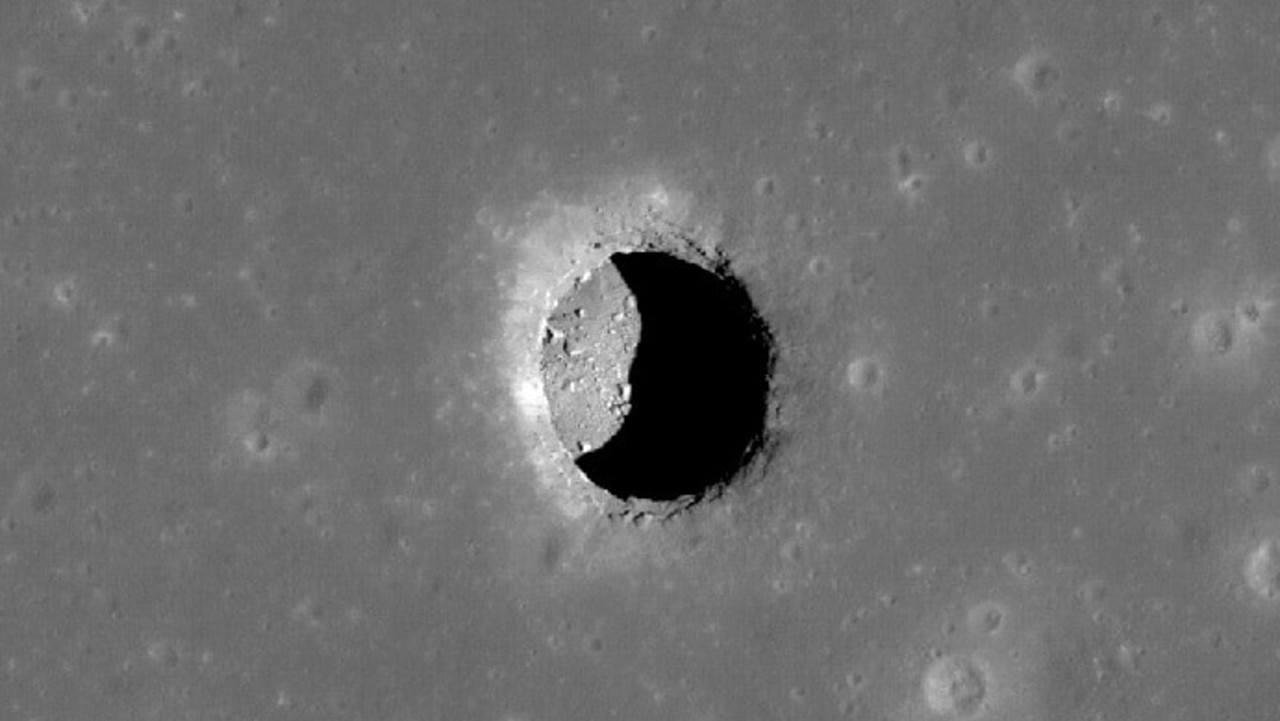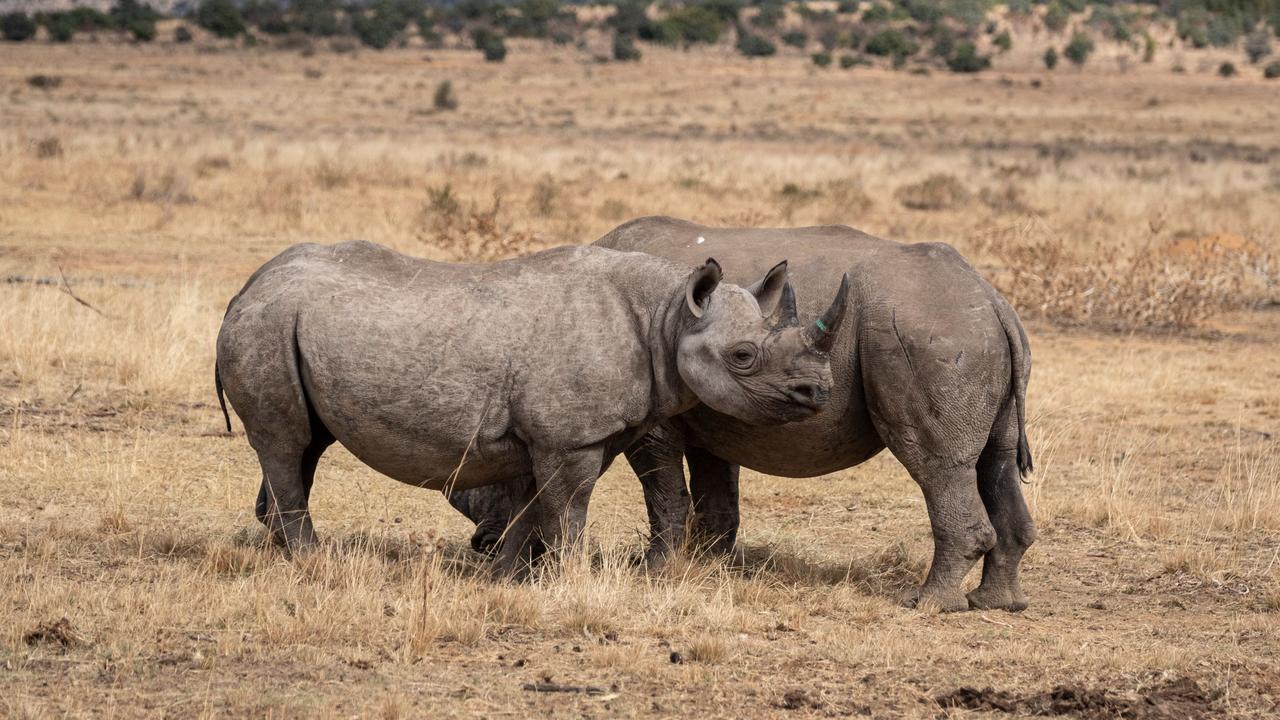No microscope required for record-breaking mangrove bacteria
The discovery of a giant bacteria is giving microbiology a ‘shake up’, as the whopper found in mangrove water up-ends what was previously known about the size and structure of a single cell

READING LEVEL: ORANGE
You can see it with the naked eye and pick it up with a pair of tweezers – not bad for a single bacteria*.
Scientists say they have discovered the world’s largest variety in the mangroves* of Guadeloupe, putting its puny peers to shame.
Bacteria is the planet’s oldest life form, essential to most living organisms* including us. But at up to 2cm in length, the “Thiomargarita magnifica” is around 5000 times bigger than most bacteria and has a more complex structure, according to a study published in the journal Science on Thursday.
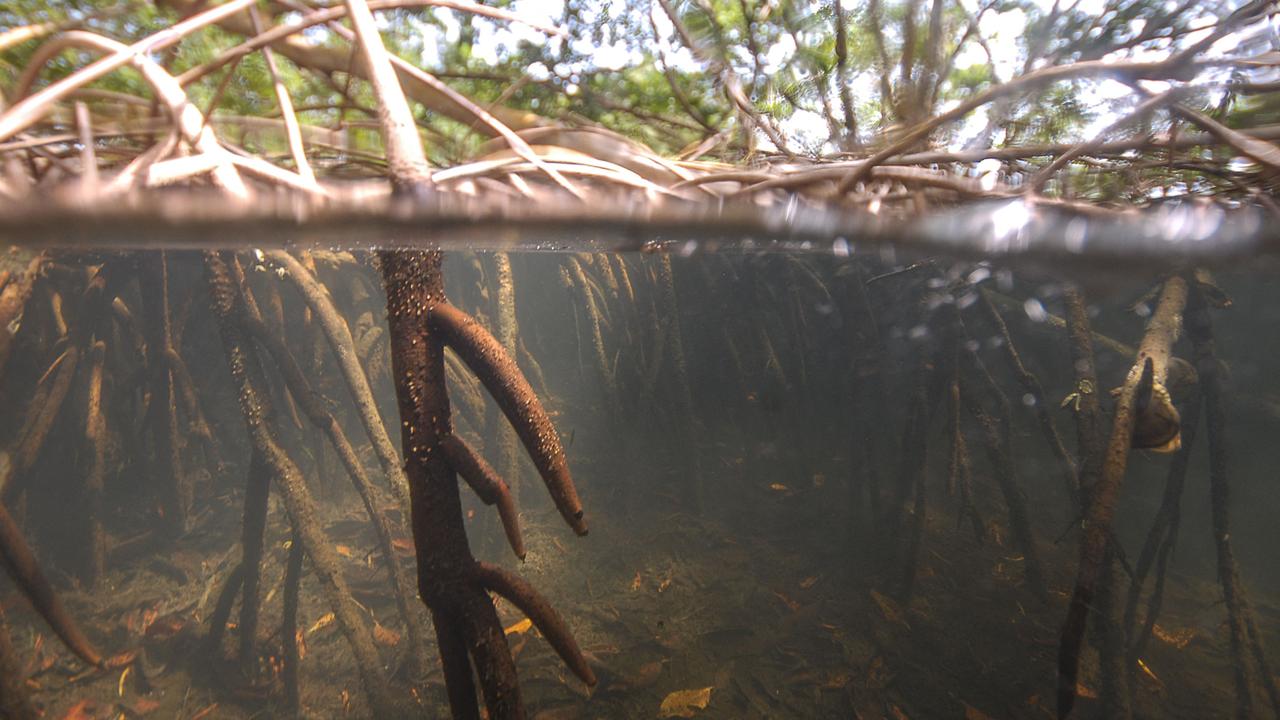
The discovery “shakes up a lot of knowledge” in microbiology*, University of the Antilles Professor of Biology and co-author of the study Olivier Gros told AFP.
In his Pointe-a-Pitre laboratory in the Caribbean, Professor Gros marvelled at a test tube holding strands that looked like white eyelashes.
“At first I thought it was anything but a bacterium because something 2cm (in size) just couldn’t be one”, he said.
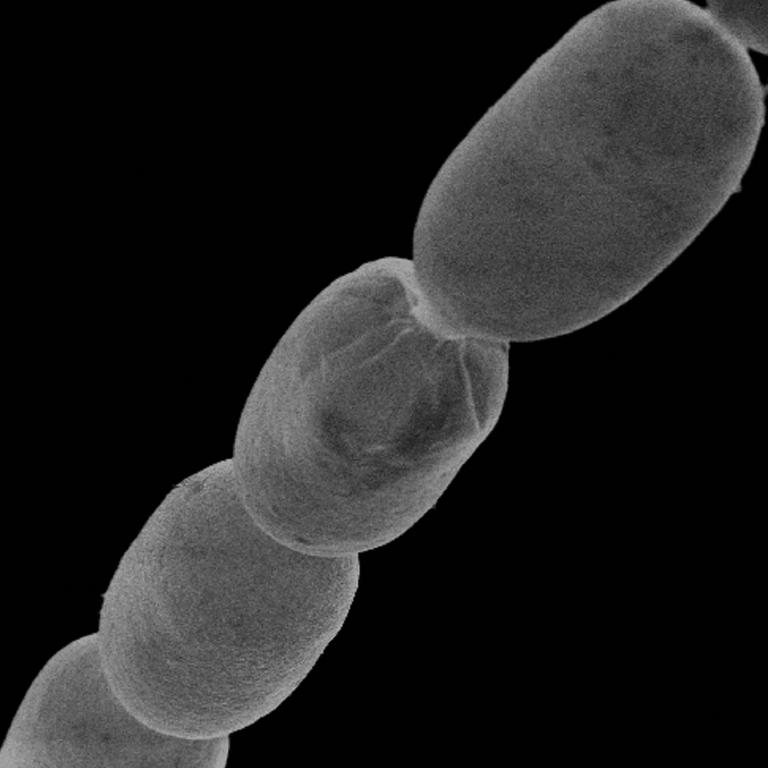
The researcher first spotted the strange filaments* in a patch of sulphur-rich mangrove sediment back in 2009. Professor Gros’ initial assessment that it was “anything but a bacterium” was due to normal bacteria only being between 1-5 micrometers long. This species averages 10,000 micrometers (around 1cm), with some growing up to twice that length.
The largest-known bacterium until now had a maximum length around 750 micrometers.
Techniques including electronic microscopy* revealed it was a bacterial organism, but there was no guarantee it was a single cell.
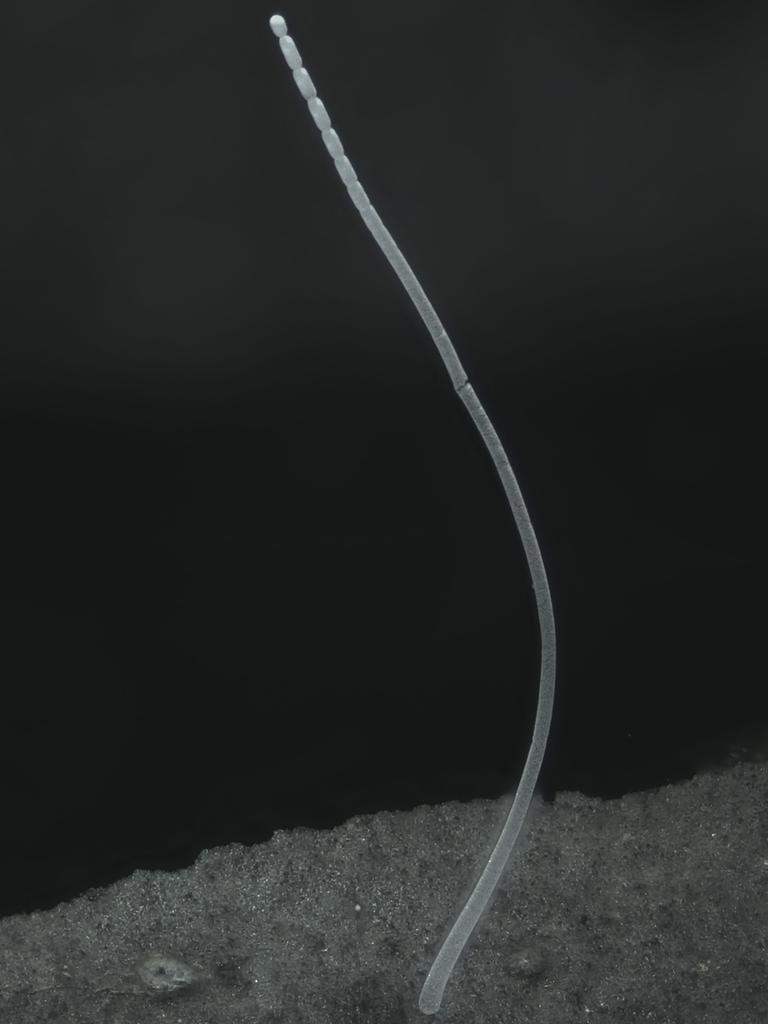
Associate Professor and molecular biologist Silvina Gonzalez-Rizzo, from the same laboratory, found it belonged to the Thiomargarita family, a bacterial genus* known to use sulfides* to grow. Next a researcher in Paris suggested they were indeed dealing with just one cell – but a first attempt at peer review a few years later was abandoned.
“We were told, ‘This is interesting, but we lack the information to believe you’,” Professor Gros said, adding that they needed stronger images to provide proof.

Then Dr Jean-Marie Volland studied the bacterium at the Lawrence Berkeley National Laboratory, run by the University of California.
With financial backing and access to some of the best tools in the field, Dr Volland and his colleagues began building up a picture of the colossal* bacteria.
It was clearly enormous by bacterial standards. Scaled up to human proportions, it would be like meeting someone “as tall as Mt Everest”, Dr Volland said.
Specialist 3D microscope images finally made it possible to prove that the entire filament was indeed a single cell.
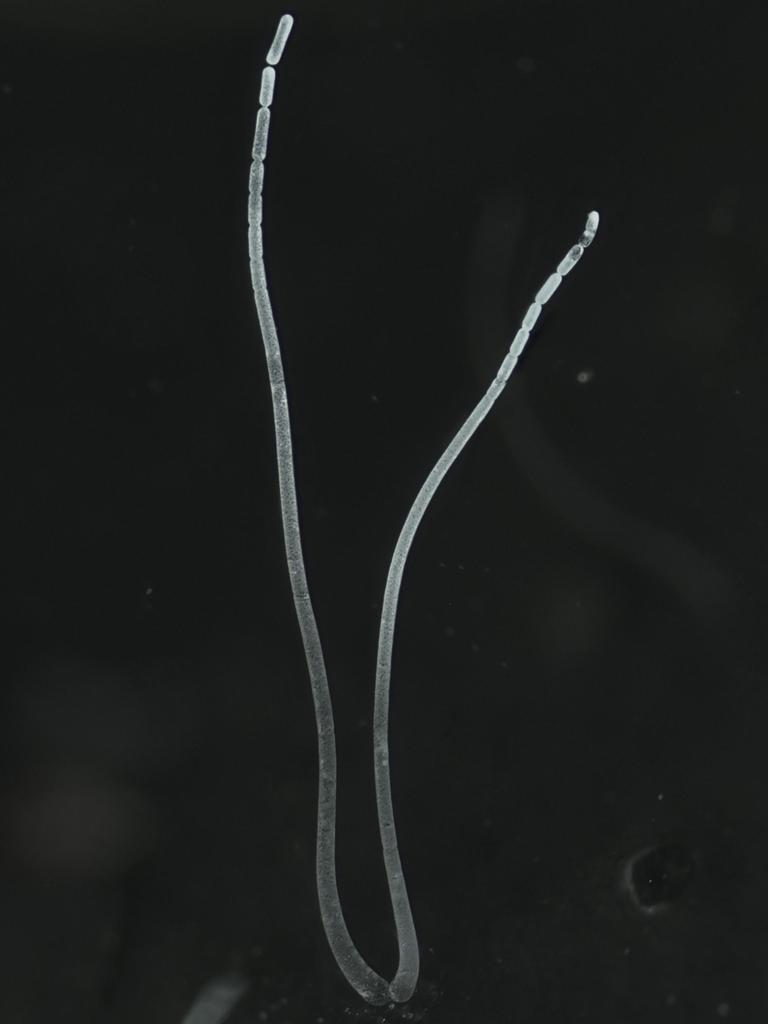
But they also helped Dr Volland make a “completely unexpected” discovery. Normally, a bacterium’s DNA floats freely in the cell. But in this giant species, it is compacted in small structures surrounded by a membrane* – DNA compartments that are “normally a feature of human, animal and plant cells, complex organisms … but not bacteria,” Dr Volland said.
Professor Gros said future research will have to determine if these characteristics are unique to Thiomargarita magnifica, or if they can be found in other species of bacteria.
GLOSSARY
- bacteria: small, single-celled organisms found almost everywhere, vital to Earth’s ecosystems
- mangroves: groups of trees and shrubs that live in coastal intertidal zones
- organisms: any organic, living system that functions as an individual entity
- microbiology: study of all living organisms too small to be visible with the naked eye
- filaments: very thin threads or fibres of natural or artificial material
- microscopy: using microscopes to view samples that can’t be seen with the naked eye
- genus: class, kind, or group marked by one or more common characteristics
- sulphide: any of three classes of chemical compounds containing the element sulphur
- membrane: thin layer forming outer boundary of a living cell or internal cell compartment
EXTRA READING
Smelly theory behind the origin of Earth’s oxygen
Insect wings inspire food safety solution
Gut bacteria could help control allergies, asthma
QUICK QUIZ
- Where was the bacteria found and in what year?
- What is the average size of this species in micrometers?
- What was the maximum length of the previous largest-known bacterium?
- What did researchers need to provide as proof of their find?
- Aside from size, what is the other significance difference between this and other bacteria?
LISTEN TO THIS STORY
CLASSROOM ACTIVITIES
1. Why is it important?
Why do you think the discovery of Thiomargarita magnifica is important for scientists? Write a list of as many reasons as you can think of. Use information in the story to help you.
Time: allow 10 minutes to complete this activity
Curriculum Links: English; Science
2. Extension
Write a description of the steps, or method, that Professor Gros used to learn that his discovery was the world’s largest bacterium. Why do you think he followed these steps?
Time: allow 15 minutes to complete this activity
Curriculum Links: English; Science
VCOP ACTIVITY
I spy nouns
Nouns are places, names (of people and objects), and time (months or days of the week).
How many nouns can you find in the article?
Can you sort them into places, names and time?
Pick three nouns and add an adjective (describing word) to the nouns.
